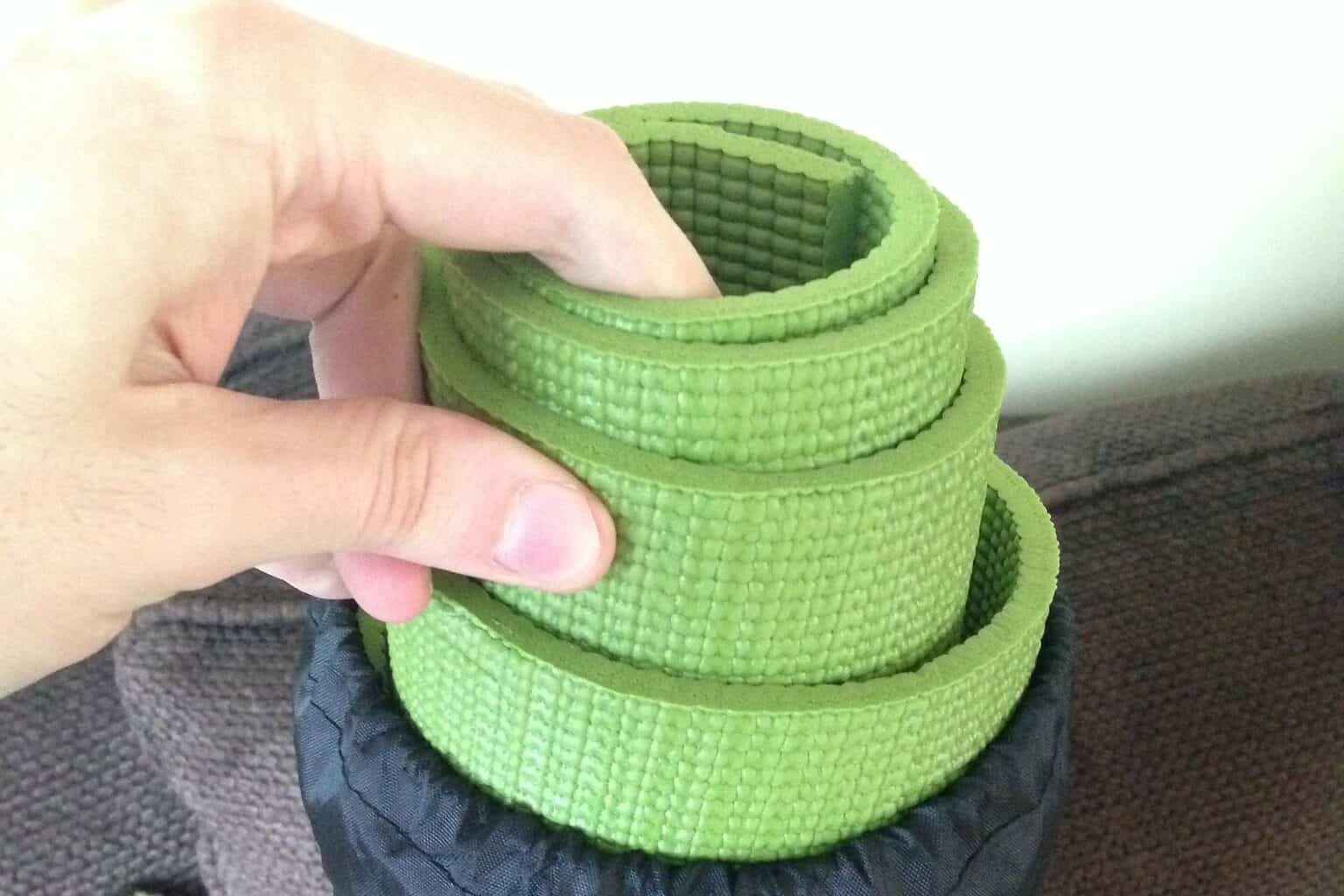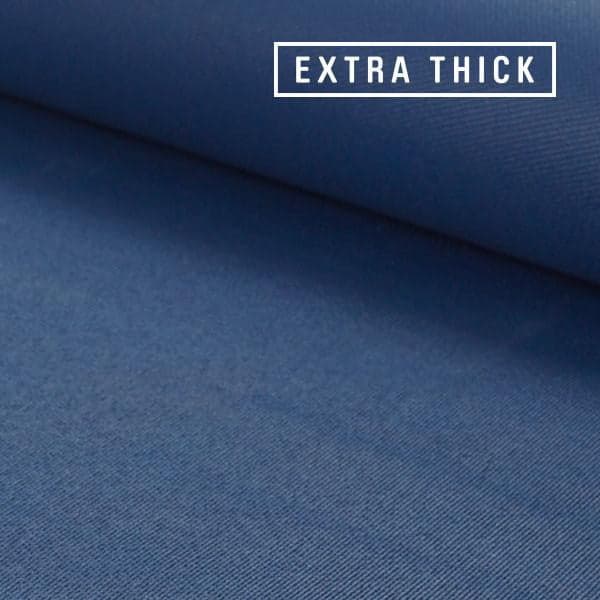What makes the best yoga mat grip?

Yoga is a centuries-old practice that has gained popularity in recent times. It is an excellent way to stay fit, flexible, and calm. However, to achieve maximum benefits from yoga, you need a comfortable and stable surface to practice on, which is where yoga mats come into the picture.

One of the most important features when choosing a yoga mat is its grip. A good grip is necessary to prevent slipping and sliding during your yoga practice, ensuring your safety and helping you maintain proper alignment. But what determines a yoga mat’s grip? Let’s find out.
Material has a role in a yoga mat’s grip
The material used to make a yoga mat plays a significant role in determining its grip. Most yoga mats are made of either PVC, rubber, or TPE (Thermoplastic elastomer). PVC mats are affordable and have a sticky texture that provides good grip. However, they may not be the best option for those with allergies or who are environmentally conscious. Rubber mats are natural and eco-friendly, and they have an excellent grip even when wet. TPE mats are a mix of rubber and plastic and offer a good balance of grip and eco-friendliness.
The yoga mat’s texture gives grip
The texture of a yoga mat’s surface is also crucial in determining its grip. The more textured the surface, the better the grip. Mats with a smooth surface tend to be slippery and may cause you to slide or lose balance during your practice. Most mats come with a textured surface, and the type and amount of texture can vary from mat to mat. Some mats have raised bumps, while others have a honeycomb or diamond-shaped pattern. Choose a texture that feels comfortable and provides the grip you need.
Thickness of yoga mat affects grip
The thickness of a yoga mat can also affect its grip. Thick mats tend to be softer and more comfortable to use but may not provide the same level of grip as thinner mats. On the other hand, thin mats offer better grip but may not be as cushioned or comfortable. Choose a thickness that balances grip and comfort, based on your personal preference and needs.
Condition of your yoga mat
Finally, the condition of your yoga mat also affects its grip. Over time, a yoga mat can accumulate dirt, oil, and sweat, which can make it slippery. Regular cleaning and maintenance are crucial to keeping your mat in good condition and maintaining its grip. Clean your mat with a mild detergent and warm water, and allow it to dry thoroughly before using it again.
The material, texture, thickness, and condition of your yoga mat are all crucial factors that determine its grip. Choosing a mat with a good grip will help you feel secure and confident during your practice, allowing you to focus on your breathing and movements. With the right mat, you can get the most out of your yoga practice and enjoy all its physical and mental benefits.
Read more
Explore deeper into the various aspects to consider when choosing a yoga mat. This article is part of a series on how to choose the right yoga mat. The other articles in this series are:





